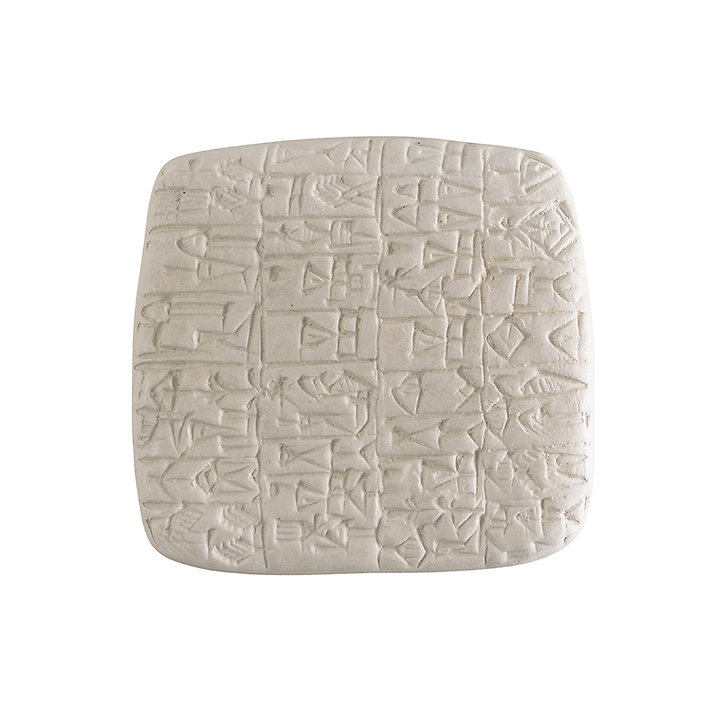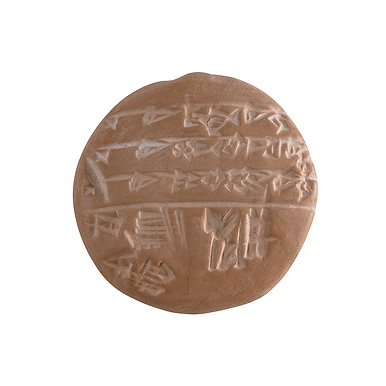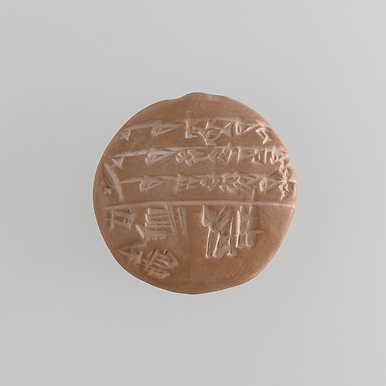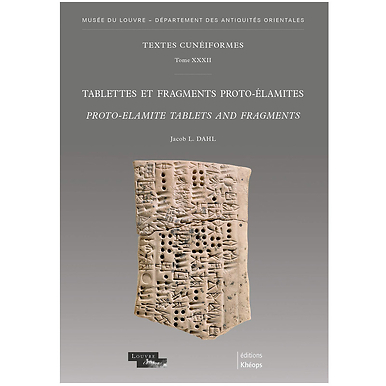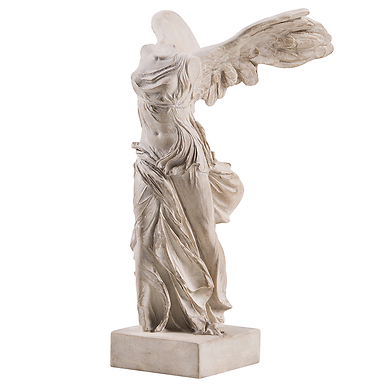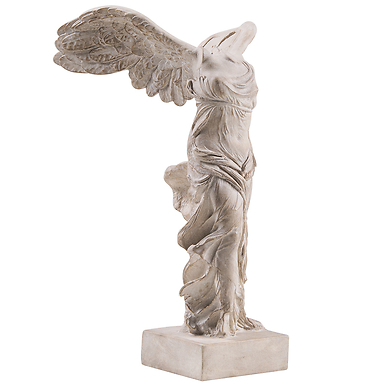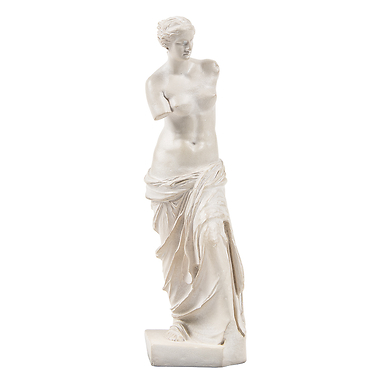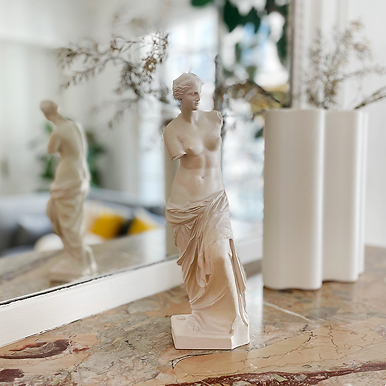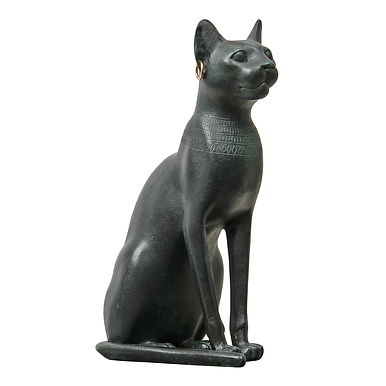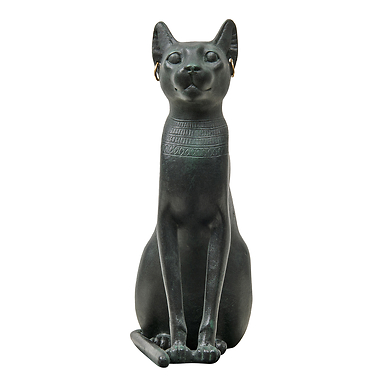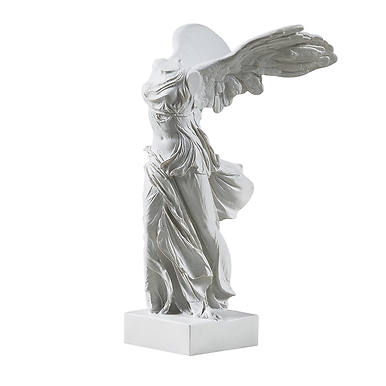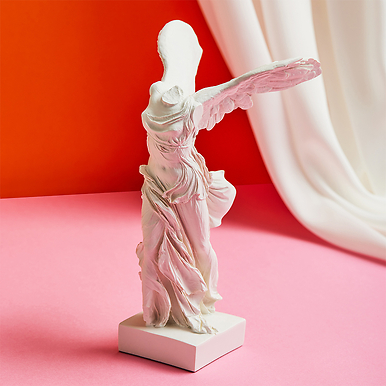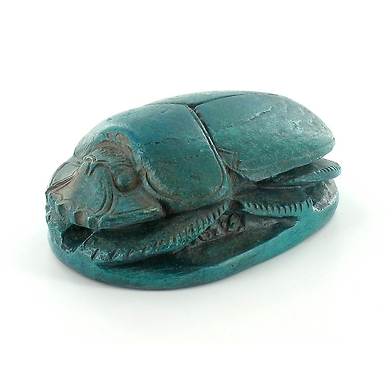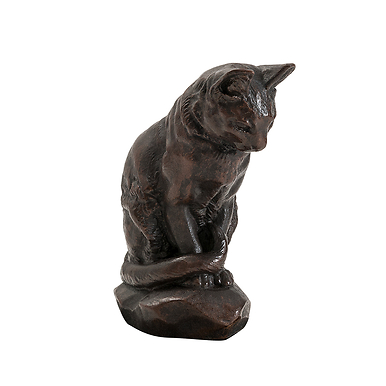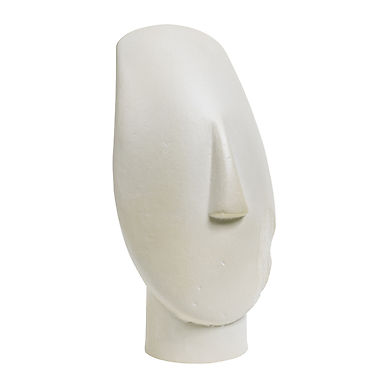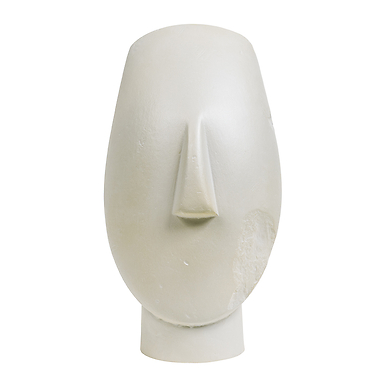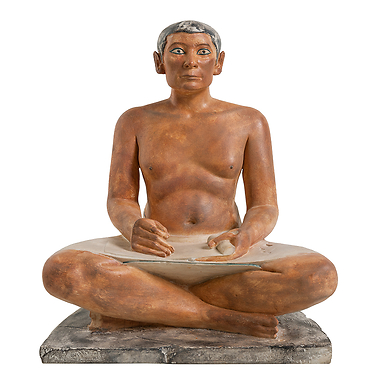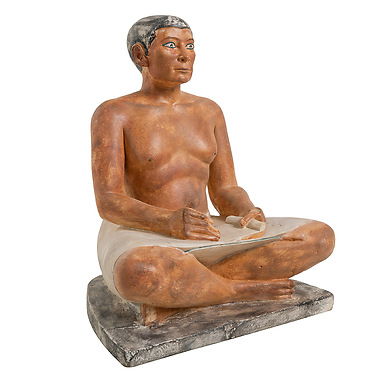Sculpture Fara Tablet
TC001023
Writing was born in Sumeria and Elam from the need to record the wealth of the towns that started to emerge during the 4th millennium. Slowly, in the course of the following centuries, the scribes, who drew rather than write, improved this invention. Around 2600, writing for the purposes of records was...
Read more
Writing was born in Sumeria and Elam from the need to record the wealth of the towns that started to emerge during the 4th millennium. Slowly, in the course of the following centuries, the scribes, who drew rather than write, improved this invention. Around 2600, writing for the purposes of records was
sufficiently developed to give rise to the first known "bureaucracy".
In Shuruppack, a very old town dating to "before the flood", a school of scribes recorded administrative documents. This tablet is the sales act of a male slave and a house in the town. The scribe carefully noted down the area, equivalent to 54 square metres, then listed the six witnesses guaranteeing the
sale. The word "witness" is a good example of the Sumerian language and writing of this period. It is written with three signs:
- LU "man", the silhouette of which can be recognised.
- KI "land", represented by a lozenge-shaped plot of land.
- INIM "word": this abstract notion was expressed by a picture of
a head in a shape that was already geometric by then, and a beard to draw attention to the mouth and the words coming out of it.
The pictographic signs are simplified, each line having the appearance of a wedge-shaped nail: writing thus became "cuneiform".
French and artisanal manufacture: all their pieces are made in terracotta and decorated by hand in their workshop by their craftsmen, according to a rigorous manufacturing process:
1st step, the casting, then the cleaning of the print before the firing. Then comes the decoration with engobes (very fine naturally colored clays) before a last firing to fix definitively this decoration.
As a finishing touch, natural beeswax can be applied to enhance the colors and protect the decoration.
Close
Sold by GrandPalaisRmn

